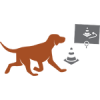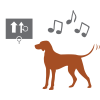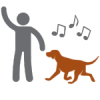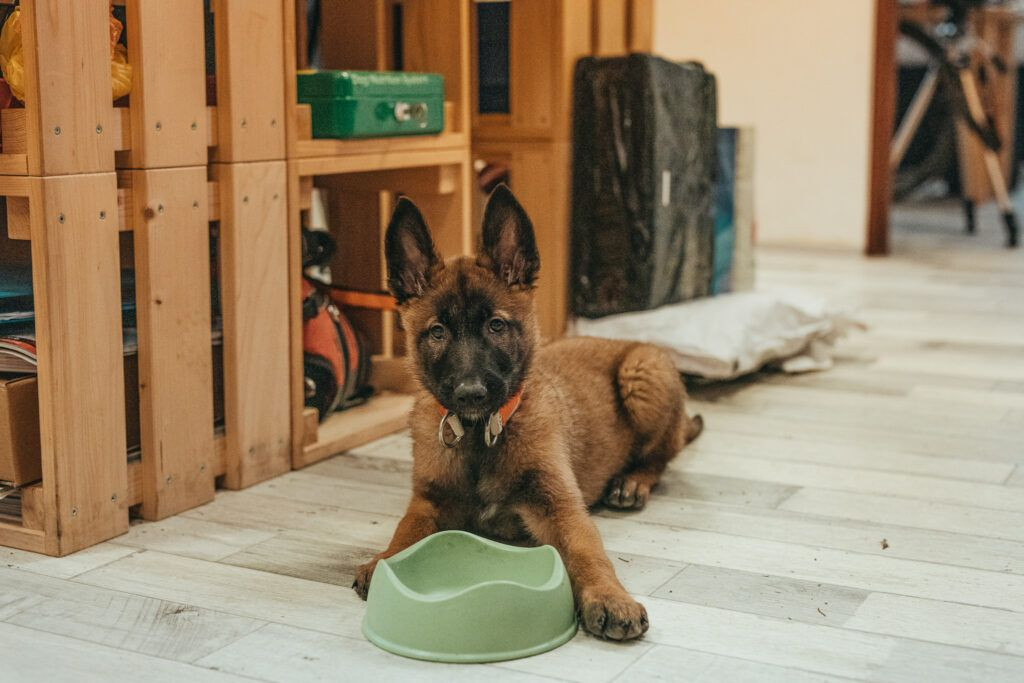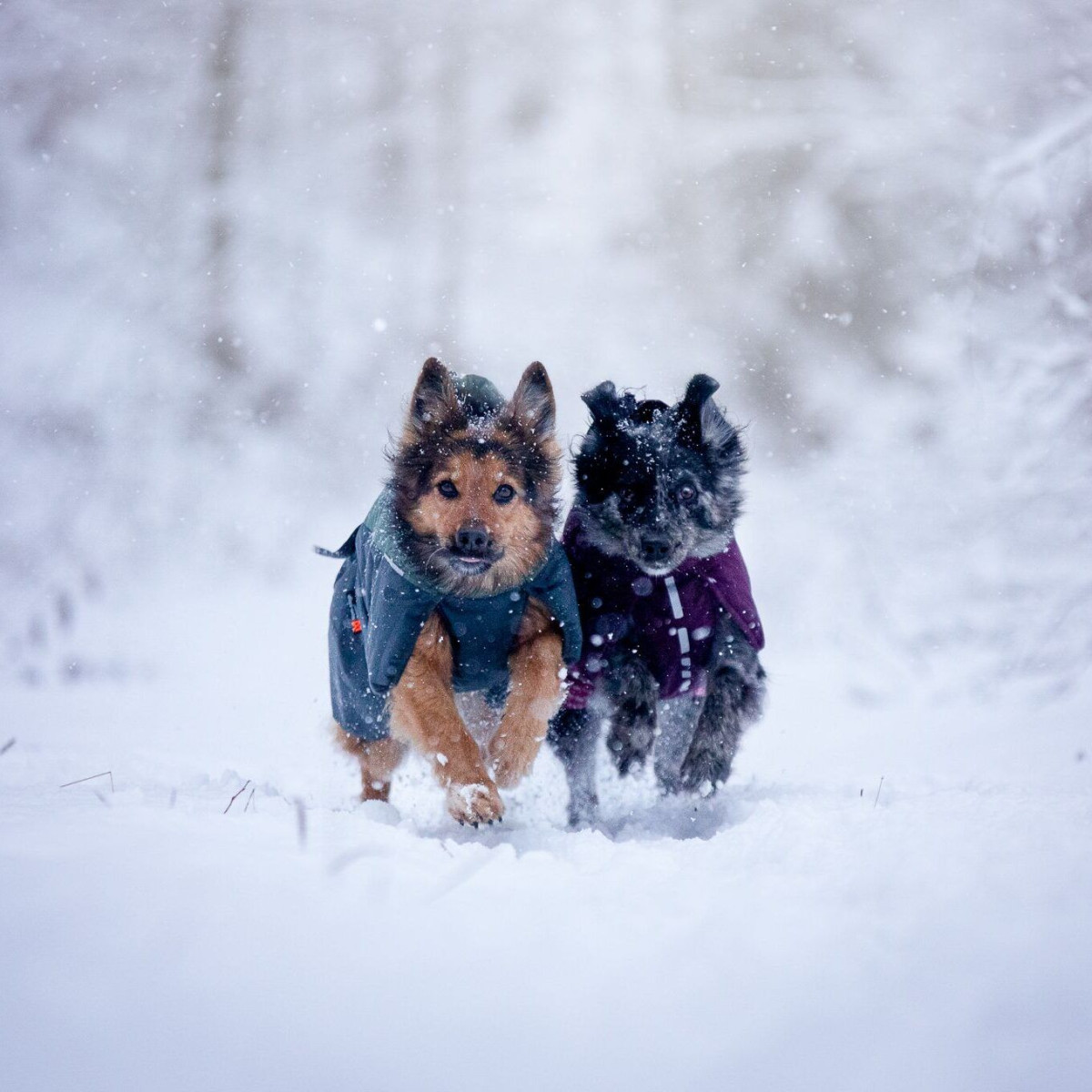Dog house, kennel, crate or a cage - what are its advantages and how to teach your dog to use it
A dog in a crate? For some, this idea is still controversial, but at Loype, we believe that with the right approach and motivation, it can only benefit a dog. A crate isn't meant to keep the dog in, but to keep others out, so it becomes a safe space for the dog, a place that's just theirs, where they can rest with no disturbance. Dogs sleep for more than 12 hours a day, and they need their own space where nothing disturbs them.

For puppies, it's advisable to use a crate, especially at night, so we know where the little one is and don't worry about them hurting themselves or accidentally stepping on them in the dark. For both young and older dogs, a crate can prevent destructive behavior. When a dog is bored, they might start testing the durability of your slippers or sofa. A crate teaches them that when they're in there, it's time to rest and sleep, so they have enough energy for the afternoon activities.
A crate isn't meant to keep the dog in, but to keep others out
You'll also appreciate a crate if your dog has any health limitations or has recently undergone a veterinary procedure and shouldn't move around too much. If your furry friend isn't one to seek out the attention of others, like children, these little visitors might not be the most enjoyable experience for them. There's no need to ban all visitors, but your dog can find their own place in the crate where no one can disturb them. Additionally, crate training is useful for travel, as using a crate in a car is one of the safest options for both the dog, you and other people.
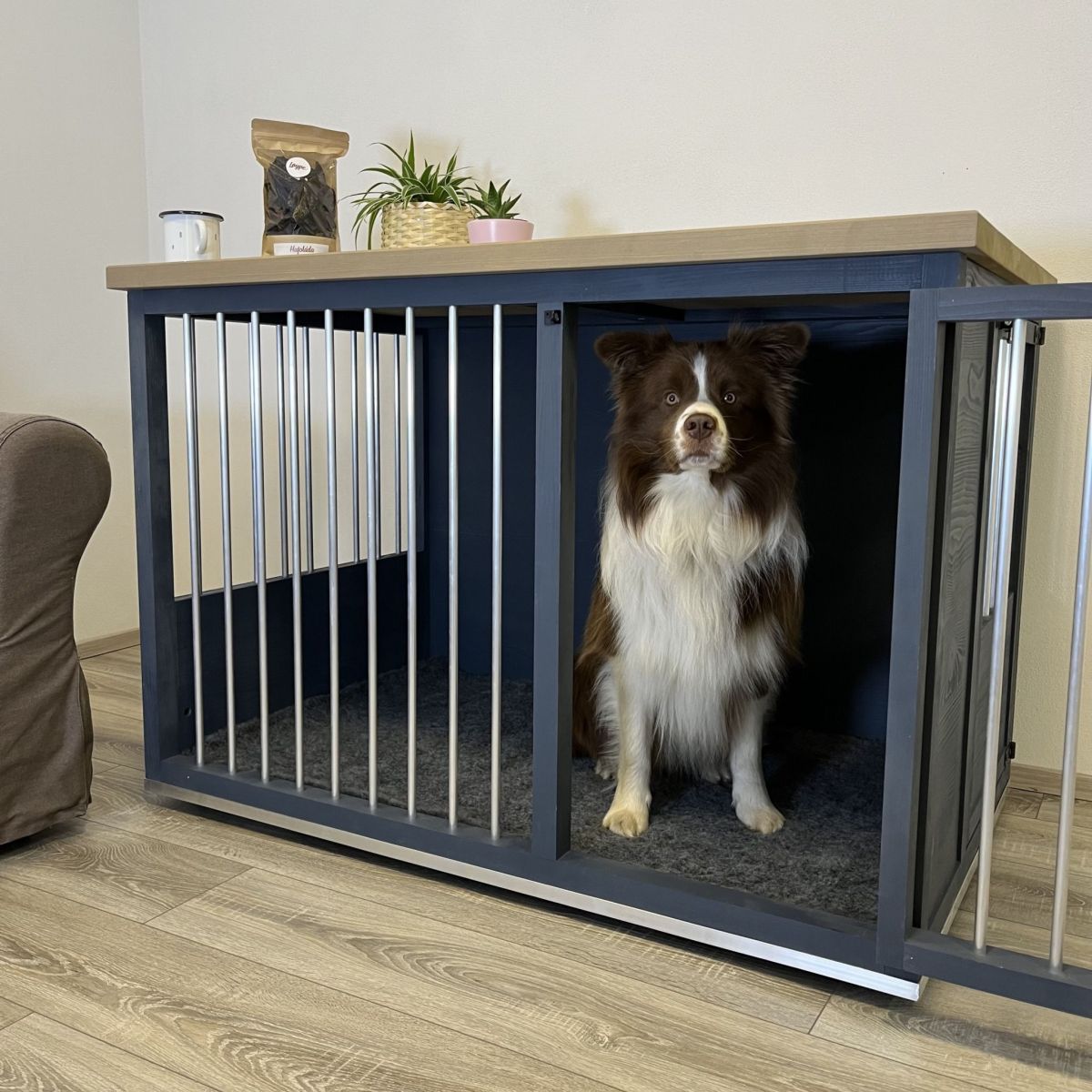
How to make the crate feel like home, not a prison?
When you bring a crate home, place it in its intended spot and let your dog get acquainted with it on their own. Place their bed or dog blanket inside, ideally something they're used to sleeping on. Leave the door open at first, and when your dog isn't looking, toss in a few treats or their favorite toy for them to find the next time they go over. Chewy toys are ideal as they'll spend more time in the crate.
This way, your dog will associate the crate with positive experiences, knowing it's a comfortable place to be. But it's good to go a step further and teach your dog to go to their crate on command. Wait until you have a calm environment at home so nothing distracts your dog.

Prepare a good supply of patience, a handful of treats – and let's get started
Toss a treat into the crate. As soon as your dog goes in, reward them with another treat – but not directly into their mouth, always place it inside the crate. Ideally, reward them when they're lying down, as that's the main goal. Like most commands, this won't be trained in a moment, so you'll need to repeat it several times with intervals. Gradually increase the time between rewards. When your dog goes into the crate and lies down, wait a moment before giving them a treat. You can also use a clicker if you're used to clicker training. After a few attempts, close the door, reward them, and then open it. If your dog runs out, don't stop them, but don't give them a treat. The treat is for staying calmly in the crate. Once you feel your dog is starting to understand, add a command and continue training until they've mastered it. Try variations, like leaving the room for a short while.

The key is training with the door closed. Initially, some dogs might whine and try to get out, but only let them out when they're calm. An advanced step is teaching your dog to leave the crate on command, so they don't run out on their own. In practice, if your dog tries to leave the crate before the command, close the door again. After they wait for the command, reward them generously. This skill is invaluable, especially if you plan to use the crate in the car. If they exit on command, they won't run out into the road as soon as you open the car door.
Never punish your dog using the crate
Crate training isn't difficult, but it's important to proceed slowly and in a way that doesn't make your dog dislike the crate.They shouldn't develop any negative associations with it, otherwise, all your effort will be in vain.



















